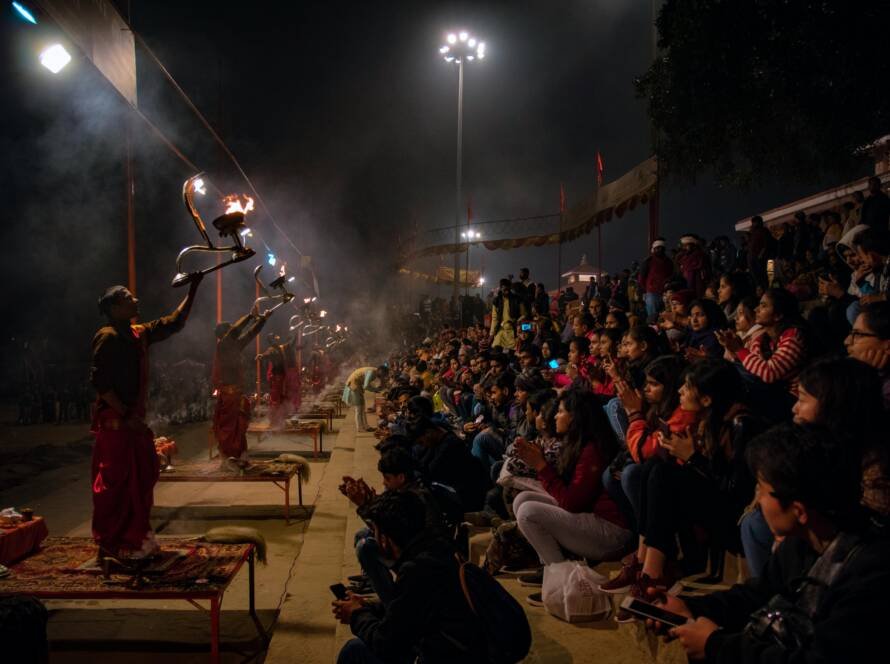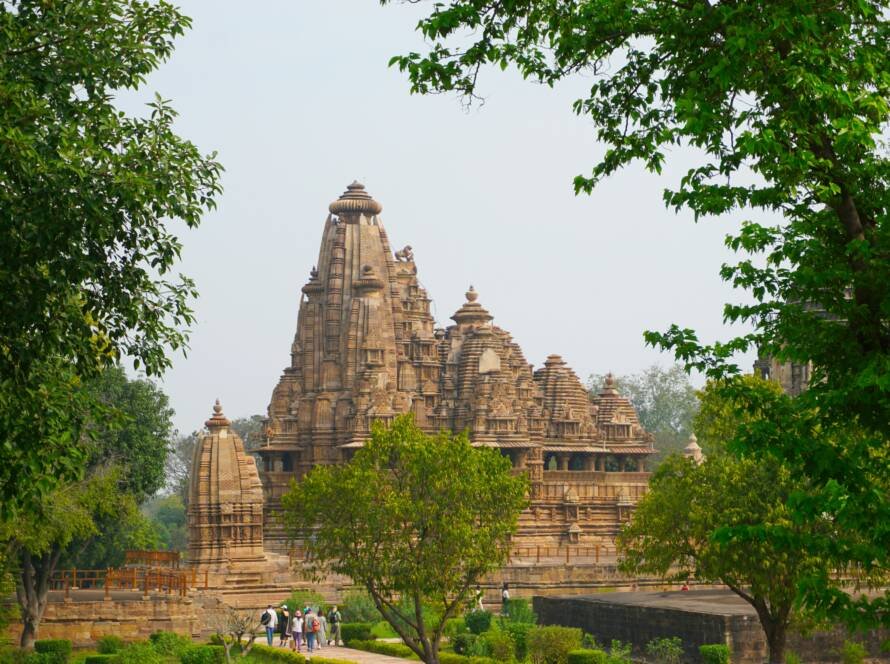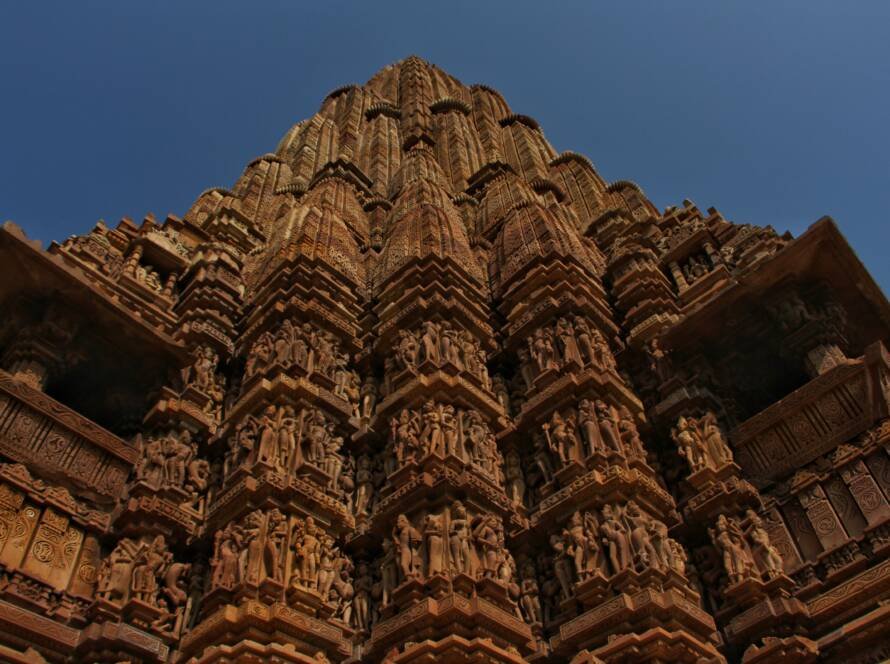Where Stone Breathes and Spirit Dwells
Imagine standing before an ancient temple at dawn—the first light gently brushing the shikhara, the sanctum still soaked in silence, and the fragrance of incense lingering in the morning air. The temple doesn’t merely stand on earth—it belongs to it, breathes with it, pulses with the energy of centuries. This is not just architecture. This is Vastu Shastra—India’s sacred science of building, where every stone, every direction, every space is in harmony with the divine and the cosmos.
Vastu Shastra: The Cosmic Blueprint
Vastu Shastra, often called the “yoga of architecture,” is an ancient system of design principles derived from the Vedas. It isn’t merely about structures—it’s about creating spaces that are alive, aligned with the five elements: earth (prithvi), water (jal), fire (agni), air (vayu), and space (akash). The temple, in this view, is not a place built—it is a place born, where divinity descends to meet the devotee.
The orientation of the temple—its entrance facing east to welcome the rising sun, its sanctum (garbhagriha) nested deep within like a womb—is all crafted with cosmic precision. It reflects the universe outside and the universe within us.
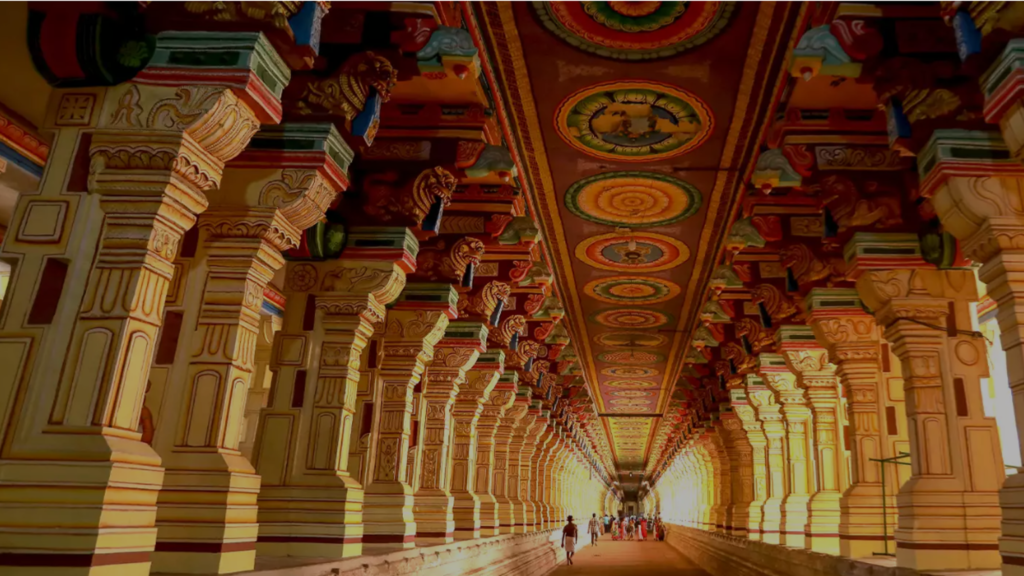
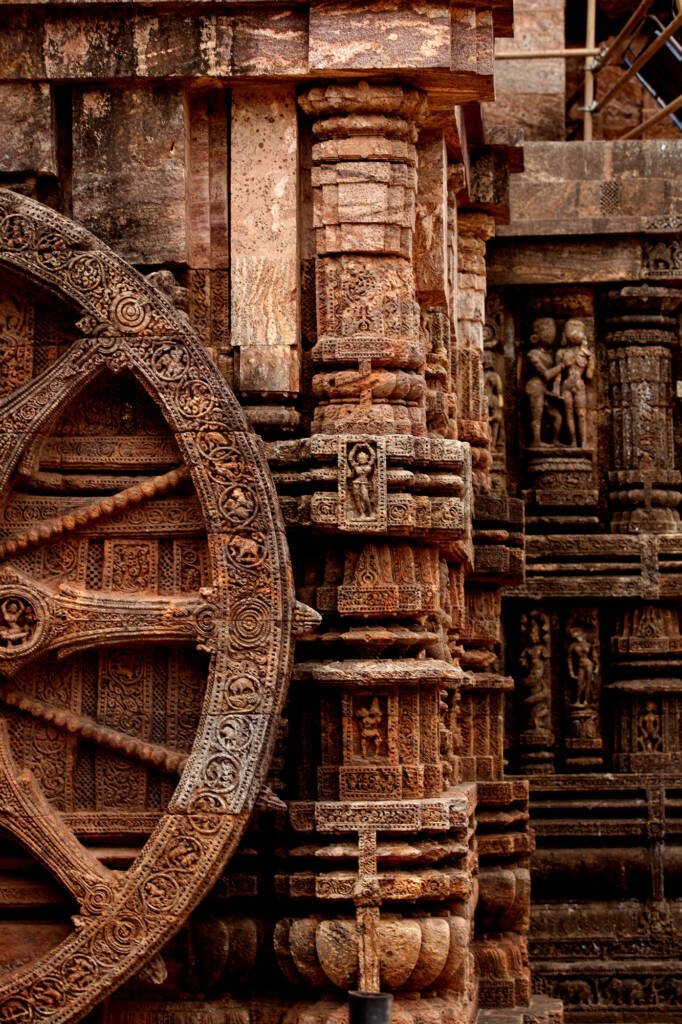
The Temple as a Living Being
In the Vastu Purusha Mandala—the metaphysical map used in temple planning—the temple is seen as a body. The deity resides in the head or heart, the entrance lies at the feet, and the limbs spread across the grid. Builders and sculptors, guided by ancient treatises like the Shilpa Shastras, treated temple-making as a sacred ritual. Before the first stone was laid, hymns were chanted, and the land was consecrated.
The garbhagriha (sanctum sanctorum) was always the soul of the temple—dark, enclosed, inward-looking—a space of silence and surrender. From this still center, the temple would rise like a mountain, echoing Mount Meru, the axis of the universe.
Symbolism in Stone and Space
Every element of temple design is soaked in meaning. The kalasha (spire-top pot) captures divine energy. The mandapa (pillared hall) invites community and communion. Carvings on temple walls aren’t mere ornament—they’re scripture in stone, depicting gods, myths, animals, dancers, and everyday lives, blurring the sacred and the secular.
Temple tanks and stepwells beside many temples honored the presence of water, inviting purification of body and soul. The entire space was designed not just for worship but for transformation—for those who entered to emerge changed, touched by something ineffable.
Enduring Relevance in a Disconnected Age
Why does this ancient design still move us? Perhaps because it offers what we often lack today—a space that speaks to the soul. In a world of glass towers and ticking clocks, the temple remains a sanctuary where time slows, where breath deepens, where stone seems to whisper forgotten truths.
Vastu Shastra isn’t about superstition—it’s about resonance, about creating spaces that honor life, energy, and stillness. Modern architects are now returning to these principles, recognizing the wisdom of harmony with nature and the human spirit.
A Homecoming to the Sacred Within
To walk into a temple designed with Vastu is to walk into oneself. It’s an invitation—not to seek the divine somewhere out there, but to find it rooted in the earth, etched in stone, and mirrored in our own hearts.
In every chisel mark and directional choice, in every echoing chant and shaft of sunlight, the temple reminds us: we are part of something vast, ancient, and beautifully aligned.
And perhaps, in remembering this, we come home—not just to culture or tradition—but to a deeper stillness that lives within us all.
In the architecture of faith, India built more than temples. It built portals—between man and cosmos, earth and heaven, silence and song.

